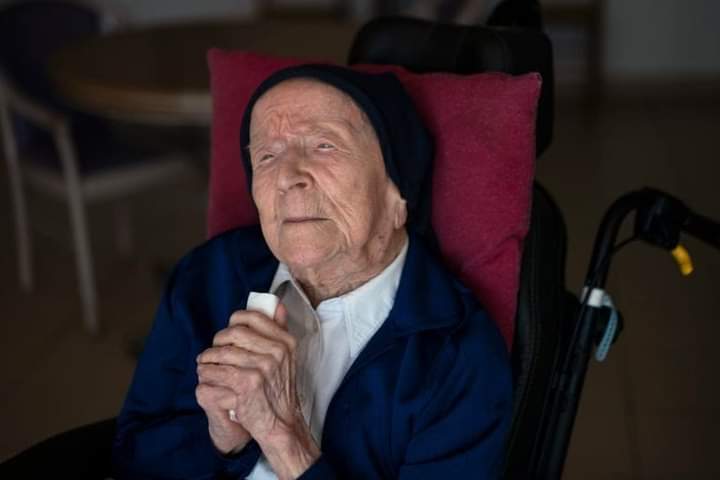SUPERCENTENARIANS: Reasons Women Outlive Men

Did you know that the oldest known people in the world are all women, and that the oldest person ever, whose age has been verified and who lived to the age of 122, is Jeanne Calment (1875-1997) of France?
People undeniably live longer today than they did in the past. But for behavioral, biological, and other reasons, not everyone benefits equally from the gains in life expectancy.
The oldest known people in the world are all women. The world’s verified oldest person, French nun Lucile Randon, has died at the age of 118. Randon, who took the name of Sister Andre when she became a nun in 1944, died in her sleep on Tuesday at a nursing home in the French town of Toulon where she lived. She was born on February 11, 1904, and was the world’s oldest living person according to the Gerontology Research Group’s (GRG) World Supercentenarian Rankings List.
Now the oldest person is 115-year-old Maria Branyas Morera, a woman who was born on March 4, 1907, in California, United States of America and now living in Spain. However, the oldest person ever whose age has been verified is Jeanne Calment (1875-1997) of France, who lived to the age of 122.
Women outlive men in almost every society. In more developed countries, the average life expectancy at birth is 79 years for women, 72 years for men. In less developed countries, where high maternal mortality reduces the difference in longevity, women can expect to live an average of 66 years, compared with 63 years for men.
It is only a few countries in Asia (Afghanistan, Nepal, and Papua-New Guinea) and Southern Africa (Namibia and Zimbabwe) do men outlive women. The female advantage is highest in Russia, 13 years, because of the increase in mortality rates for men during most of the last four decades. The interesting aspect of the life expectancy gap in more developed countries like the US is that it rose throughout much of the last century.
So, what explains this persistent difference? Part of the answer is behavioral. Men are more likely to smoke than women and are also more likely to take risks, making them more susceptible to life-threatening injuries. Biological differences also help to explain women’s higher longevity. Scientists believe that estrogen in women combats conditions such as heart disease by helping reduce circulatory levels of harmful cholesterol. Women are also thought to have stronger immune systems than men.
Researchers have found that the gender gap in life expectancy is smallest for the wealthy and highly educated, suggesting that broadening access to quality health care, diet, and other advantages can help men achieve a level of longevity closer to that of women.
The oldest validated living supercentenarians, who are all women, include: Maria Branyas Morera, USA, March 4, 1907 (115); Fusa Tatsumi, Japan, April 25, 1907 (115); Edie Ceccarelli, USA, February 5, 1908 (114); Tomiko Itooka, Japan, May 23, 1908 (114); Inah Canabarro Lucas, Brazil, June 8, 1908 (114); Hazel Plummer, USA, June 19, 1908 (114); Kimiko Ono, Japan, June 20, 1908 (114); and Yasue Okai, Japan, November 25, 1908 (114).
Sources: PRB | Al Jazeera
#penglobalfactfile


_1755775186.jpg)
